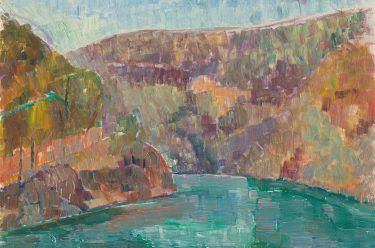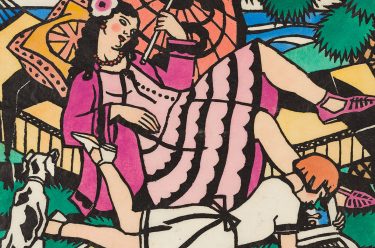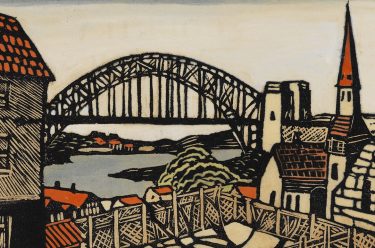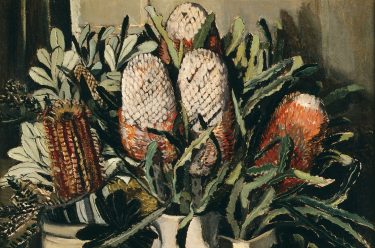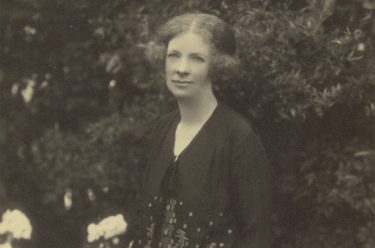Grace Cossington Smith’s modern world
Deep water, Bobbin Head c.1942 (Illustrated) on display in the Queensland Art Gallery’s Australian Art Collection, Josephine Ulrick and Win Schubert Galleries (10-13) is a work that held special meaning for modernist Grace Cossington Smith, the artist captures the landscape at Bobbin Head, near her North Sydney home, in broad brushstrokes and iridescent colour. Grace…
